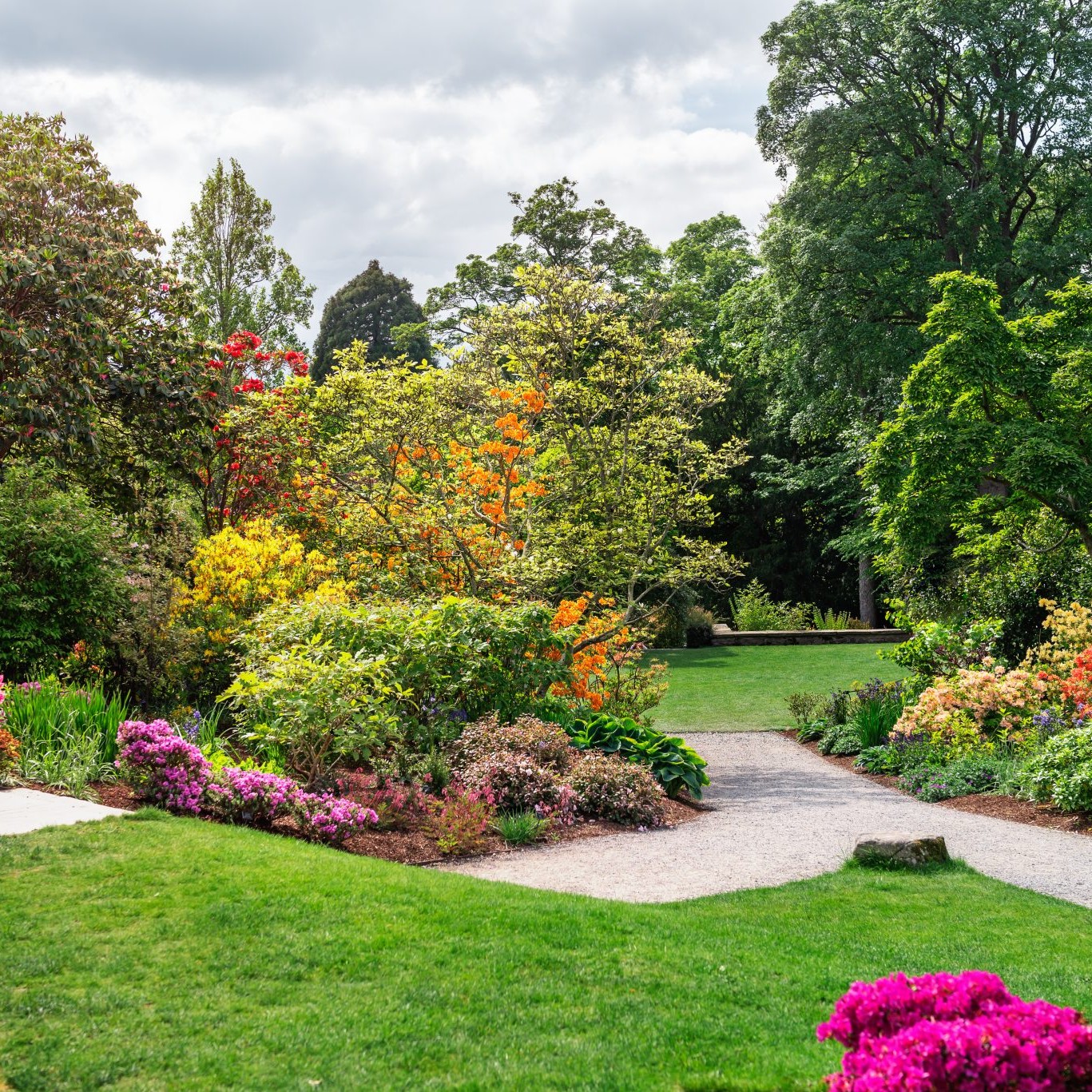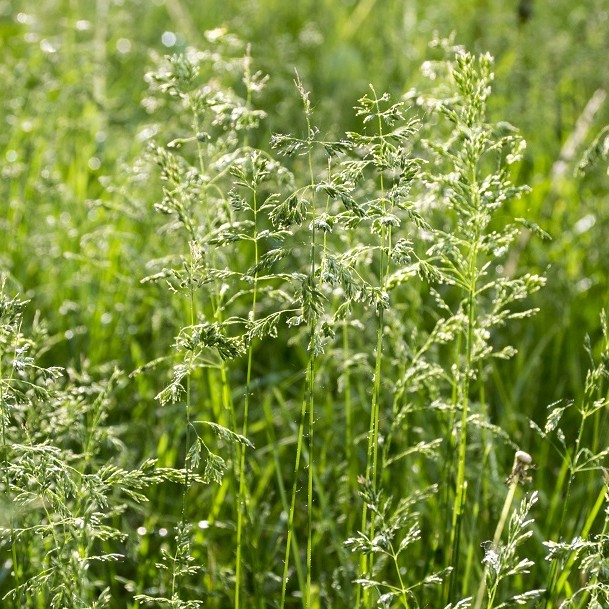There’s bad news for allergy sufferers this year: The so-called polar vortex has given way to a pollen vortex. “A long, harsh winter can lead to a tidal wave of pent-up pollen being released all at once,” says Michael Foggs, M.D., president of the American College of Allergy, Asthma and Immunology. Still, that doesn’t mean you have to spend the whole season on the treadmill instead of the track. Follow these strategies to make your outdoor time sniffle-free:
Watch the weather. Counts tend to be highest from 5 a.m. to 10 a.m., but “some studies suggest pollen counts in certain parts of the country are higher in the afternoon,” Foggs says. And beware of dry, windy days. Wind vectors can carry pollen up to 400 miles. “Even if you’re nowhere near the plants that trigger your allergies, their pollens will find you,” he says. The ideal time to head outdoors: after a rainfall, which can wash pollen out of the air.
Protect your peepers. Your lashes or the creases around your eyes can trap pollen, leading to redness, itching, and irritation. To help block out allergens, wear wrap-around sunglasses or sports goggles during your workout.
Stay covered. Pollen and other environmental allergens can easily collect in your hair, too, especially if you wear gel, mousse, or hair spray. Wear a sun hat or baseball cap (they’ll help ward off sunburns, too).
Hit the shower. Before you go inside, slip out of your workout clothes and park your sneakers at the door, so you don’t track allergens into the house. You should also shower and wash your hair immediately after exercising to decrease your pollen load, suggests Foggs.
###
By Karen Asp
May 17, 2014
parade.condenast.com
You may also be interested in . . .
Tree Pollen and Pollen Counts Explained
March is here, and so is Spring! Spring has officially started which brings longer days, refreshing rain showers, bright colorful flowers, and of…
Grass Pollen Allergy: Making the Most of Summer
Summer is finally here! Longer days, days spent by the beach or the pool, and late nights catching fireflies are on the horizon. Allergies are usually…
6 Tips for Exercising Through Allergy Season
Don’t let watery eyes and a runny nose keep you from a spring workout. Avoid the pitfalls of allergy season with these expert tips


